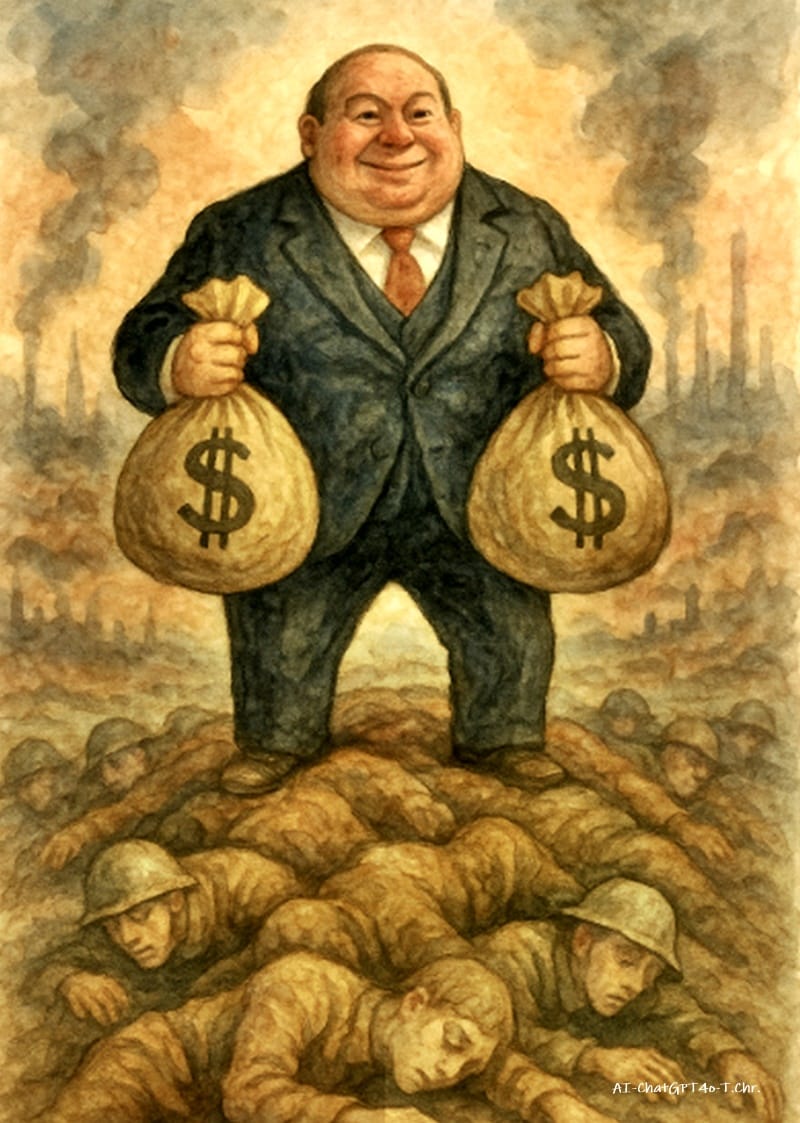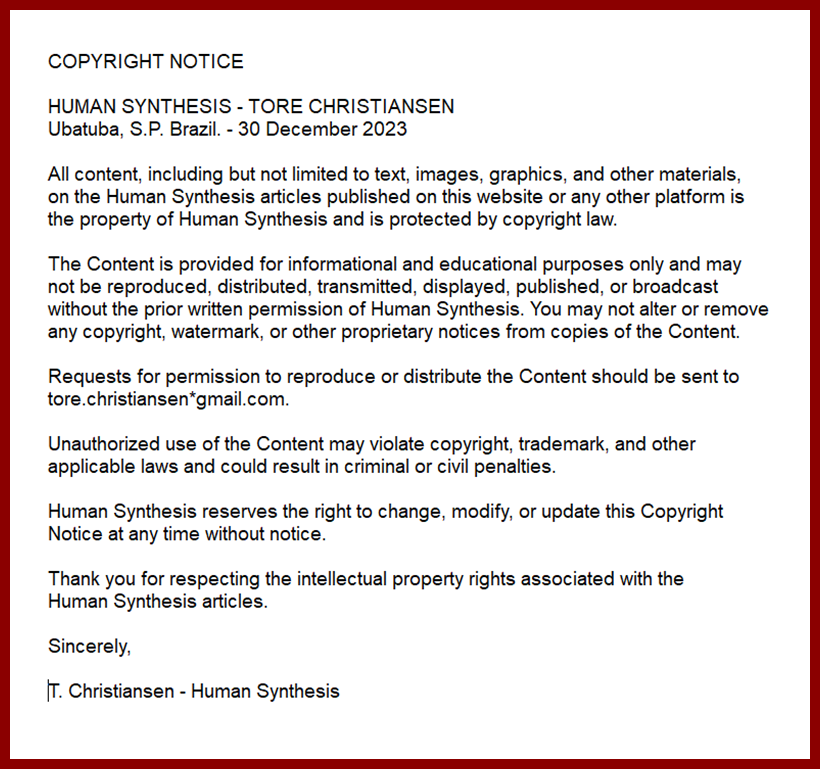WHO`S PROFITING FROM THE WARS?

To Hell with War!” (originally War is a Racket, published in 1935) by Smedley D. Butler - 12 June 2025
So many industries profit from the bloodshed between nations that heads of state seem compelled to orchestrate ever-new conflicts.“To Hell with War!” (originally War is a Racket, published in 1935) by Smedley D. Butler is a fierce critique of the power structures and economic interests behind military conflicts.
The author—a U.S. Marine Corps general and war veteran—argues that wars mainly benefit the wealthy, while the general population, especially the soldiers, bear the costs. With blunt language and first-hand experience, Butler exposes war as a system driven by self-interest and profit—at the expense of human suffering.“Normal business profit in the U.S. is 6, 8, 10, and sometimes even 12 percent.
But war profits—oh! That’s another story—20, 60, 100, 300, even 1800 percent! There is no limit. Whatever the market can bear. Uncle Sam’s got the money. Let’s grab it!”Of course, this isn’t expressed so blatantly during wartime. It’s disguised in speeches about patriotism, love of country, and “we must all do our part,” but the profits still skyrocket—they're absolutely guaranteed. Let’s take a few examples:Take our friends, the du Ponts—the powder makers.
Didn’t one of them testify before a Senate committee that their gunpowder won the war? How did they perform during the war? From 1910 to 1914, the du Pont family earned an average of $6 million per year. Not bad. But from 1914 to 1918—the war years—their average annual profit jumped to $58 million! That’s nearly ten times what they made before. A 950% increase.Or Bethlehem Steel. From 1910 to 1914, their average annual profit was $6 million.
During the war years? $49 million annually.U.S. Steel made an average of $105 million per year before the war. During the war: $240 million per year.And copper? Anaconda Mining made $10 million per year pre-war. During the war: $34 million. Utah Copper went from $5 million to $21 million annually.Summing up these five companies: before the war, their combined average annual profit was $37.5 million. During the war: $408 million. That’s a modest little increase of around 1000%, paid for by war—and by lives.
And they weren’t alone.Take leather: Central Leather Company made $3.5 million in profit over three years before the war. In 1916 alone, they raked in $15.5 million—a 1100% increase. General Chemical? From $800,000 per year pre-war to $12 million—1400%.And mosquito nets? The U.S. military bought 20 million mosquito nets for troops overseas—none of which ever reached France. There weren’t even mosquitoes in the trenches. But just in case, 40 million more yards of netting were ordered. Not to protect the soldiers—but to protect profits.Undershirts cost 14 cents to manufacture—Uncle Sam paid up to 40 cents each.
Sock-makers, uniform-makers, helmet-makers—all joined in the profit frenzy. When the war ended, over 4 million surplus items were stacked in warehouses—now discarded because of changing regulations. But the producers kept their profit—and they’ll do it again in the next war.Already, there’s evidence: Volkswagen, Audi, Einride in Sweden, or companies in Serbia, Romania, and Albania have shifted to war production.
The same goes for Continental, Europlasma, and Renault. War equals profit. The rich get richer, and the poor poorer.Yes, during the war there were plenty of "ingenious" ideas to make money. And the same is happening now. So it’s no surprise the world is sliding back into war—especially after Western politicians have run their economies into the ditch with the “green transition” and corrupt agendas.
And who’s behind it all? The very same who are now getting rich from war..
